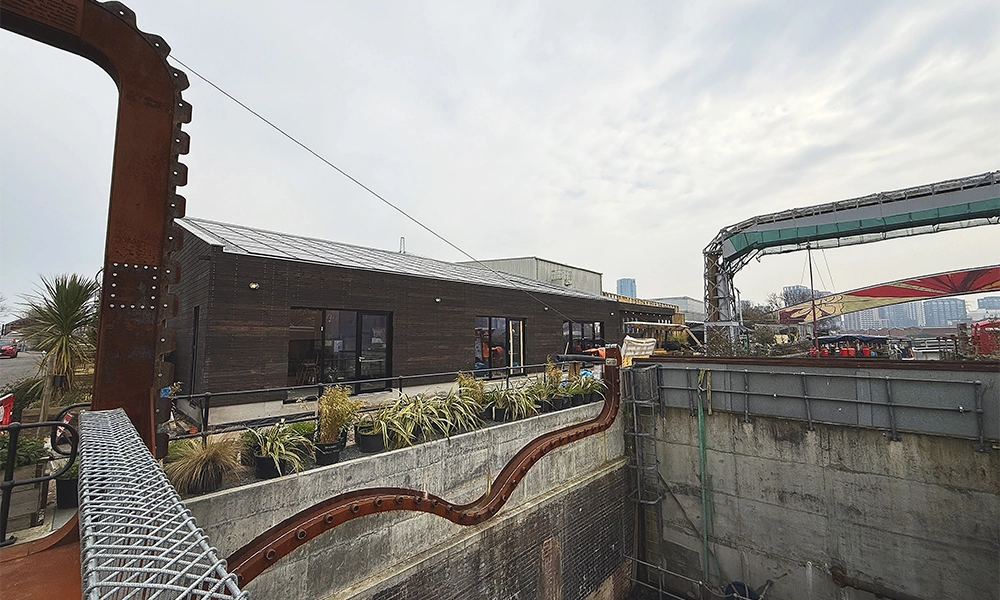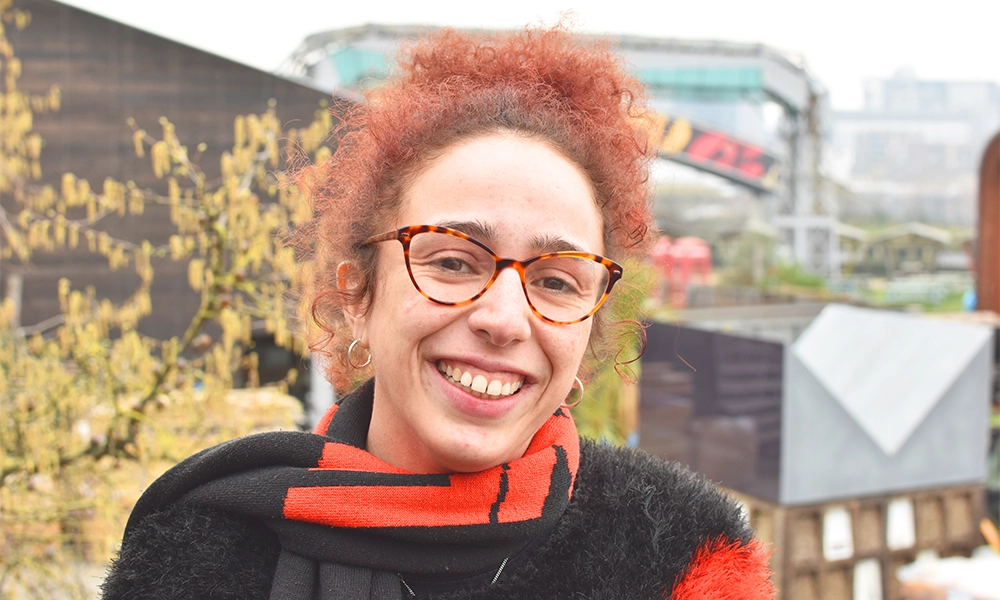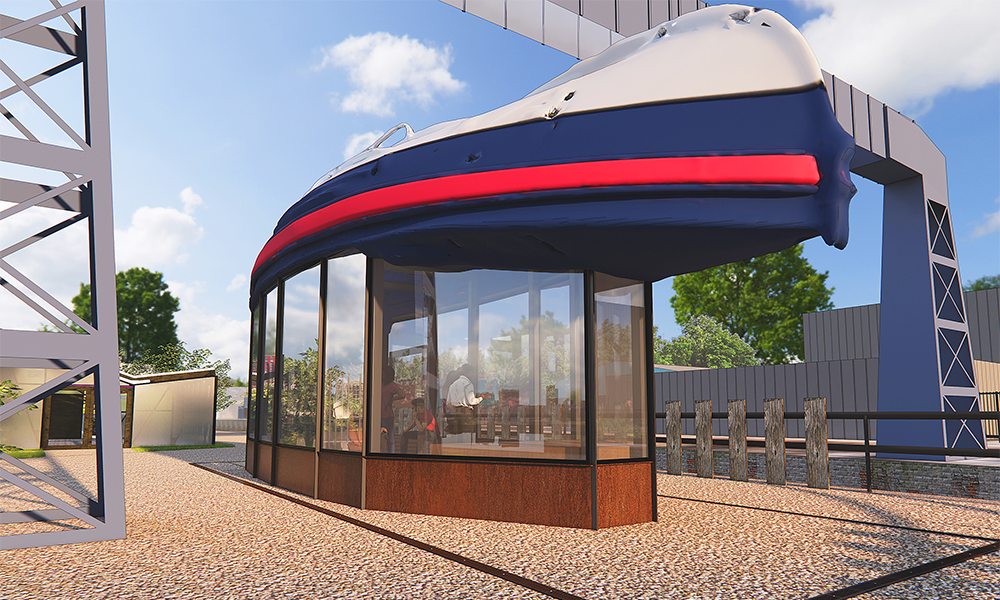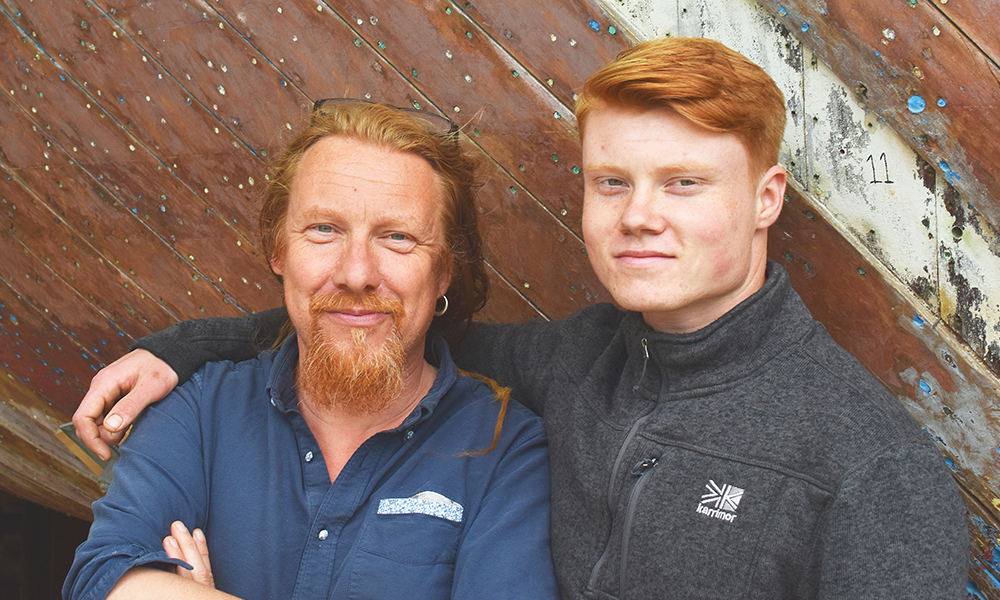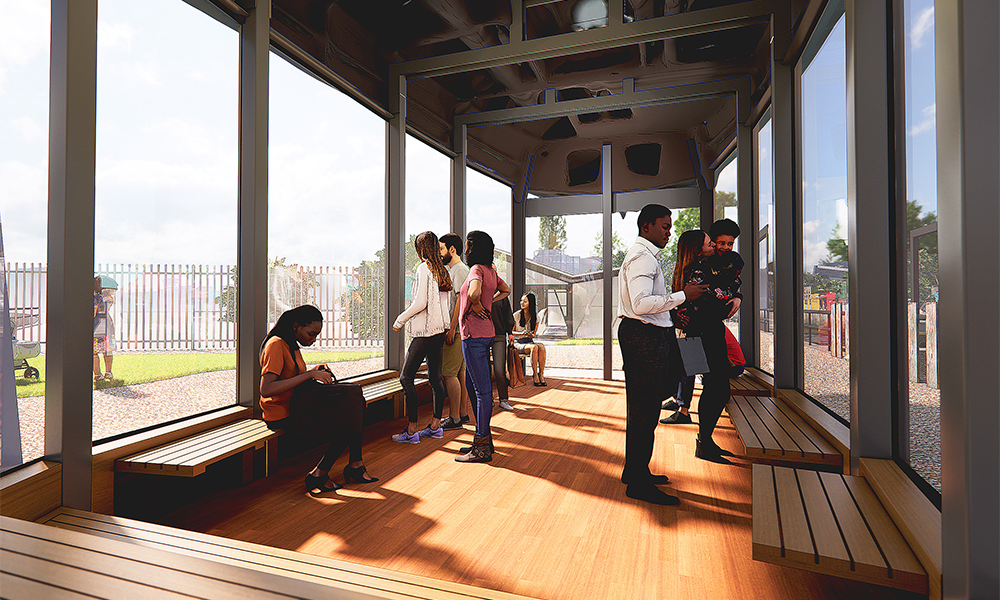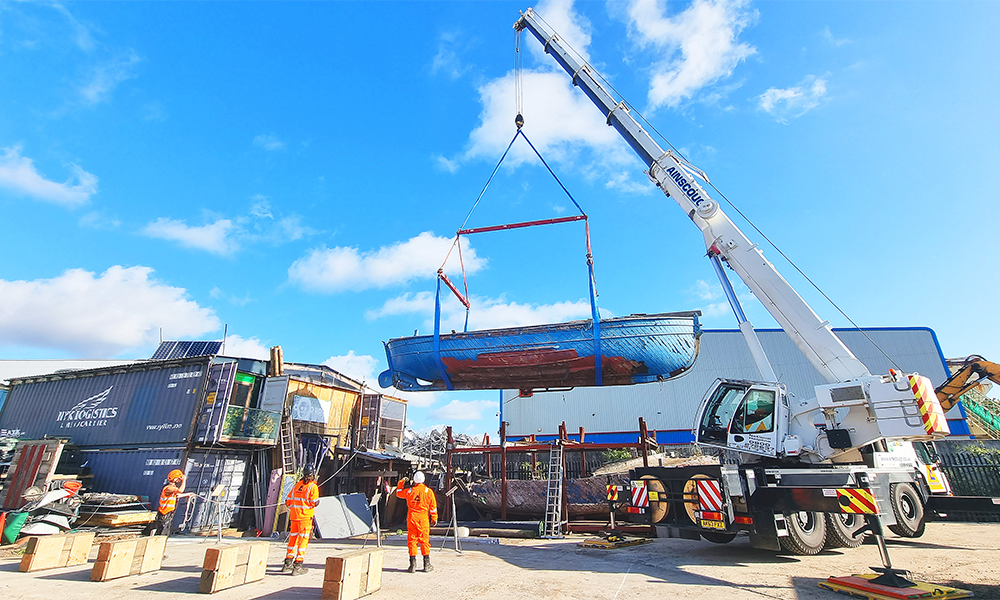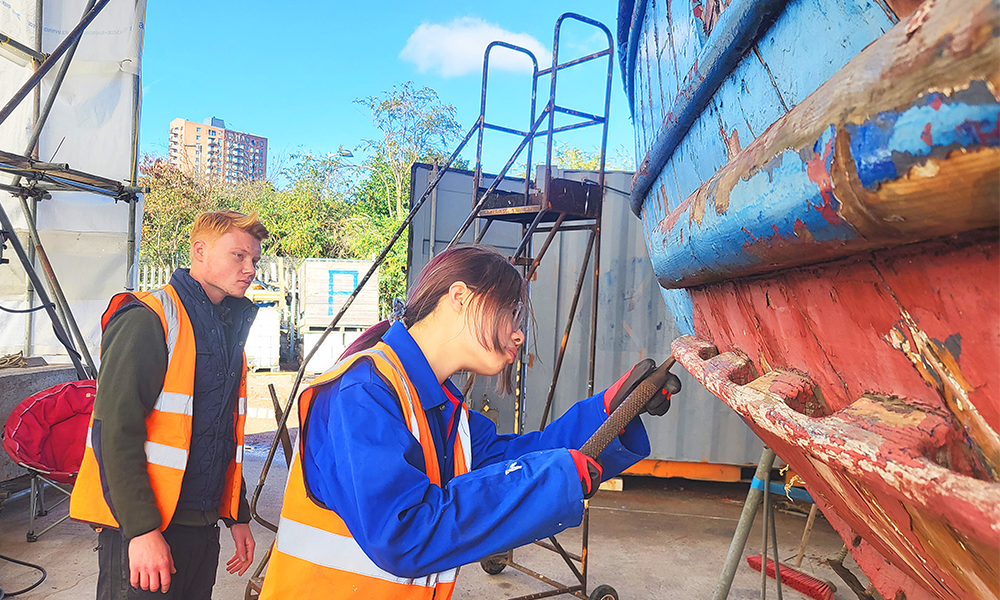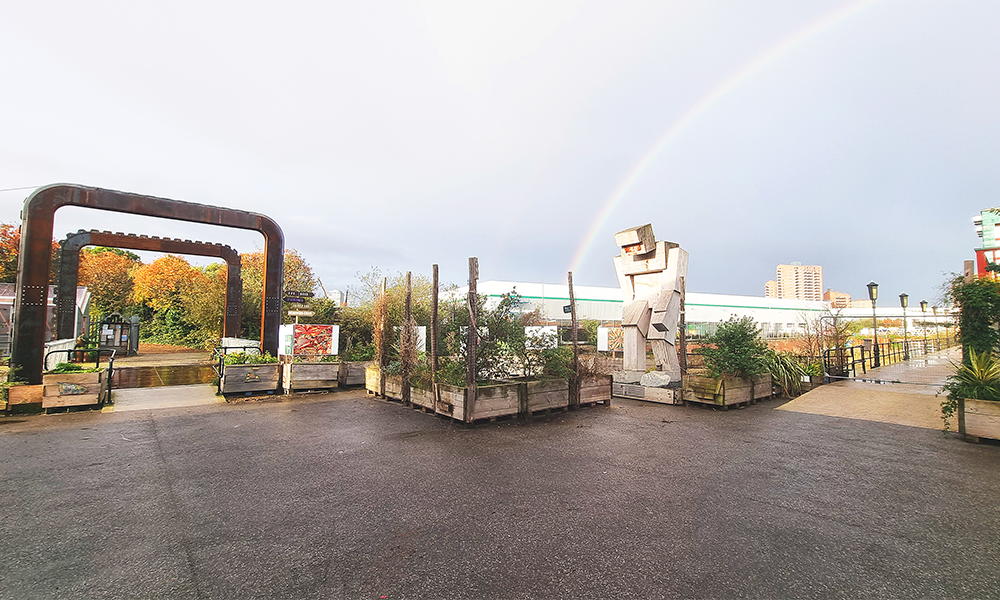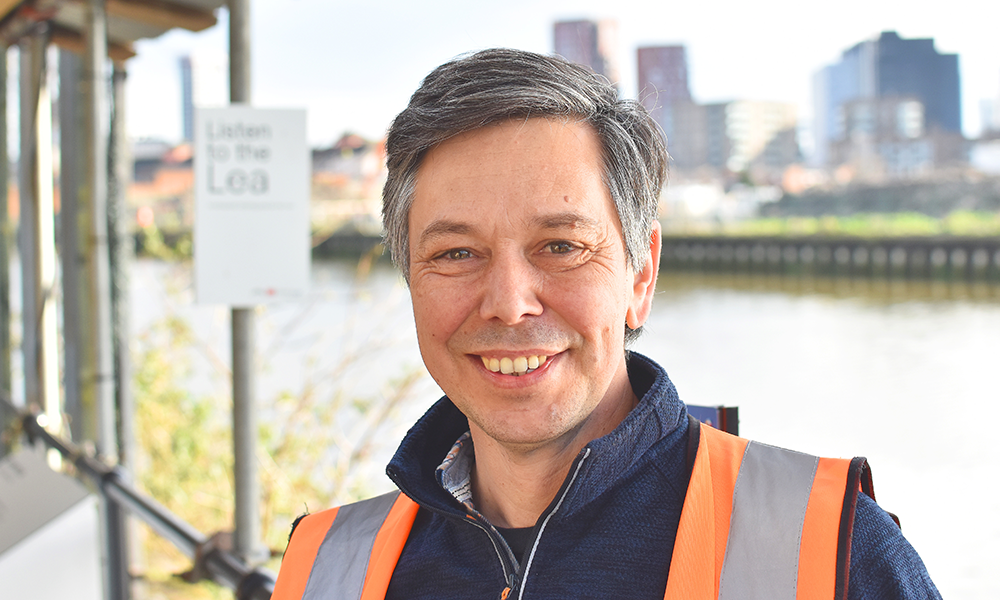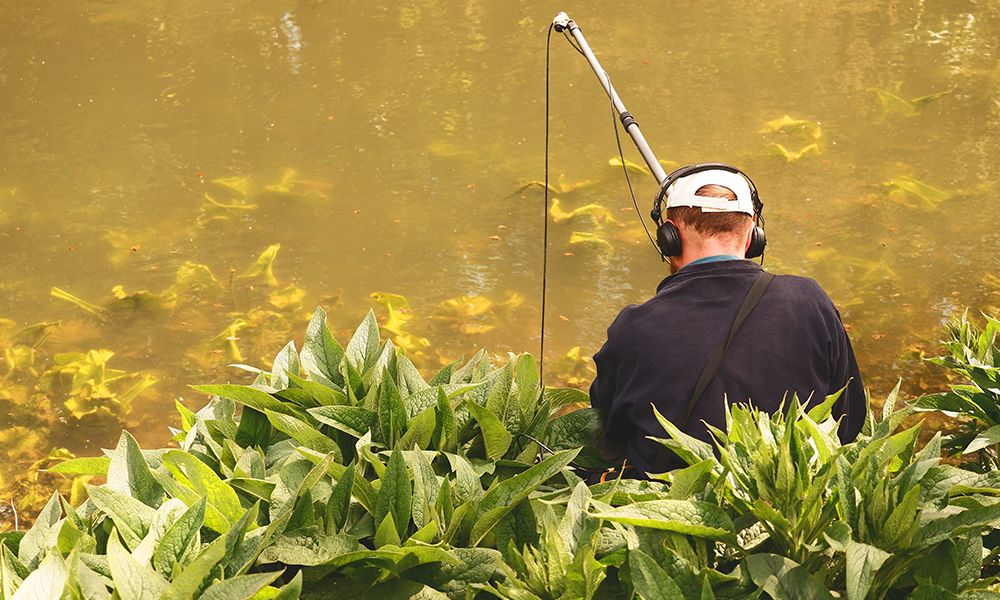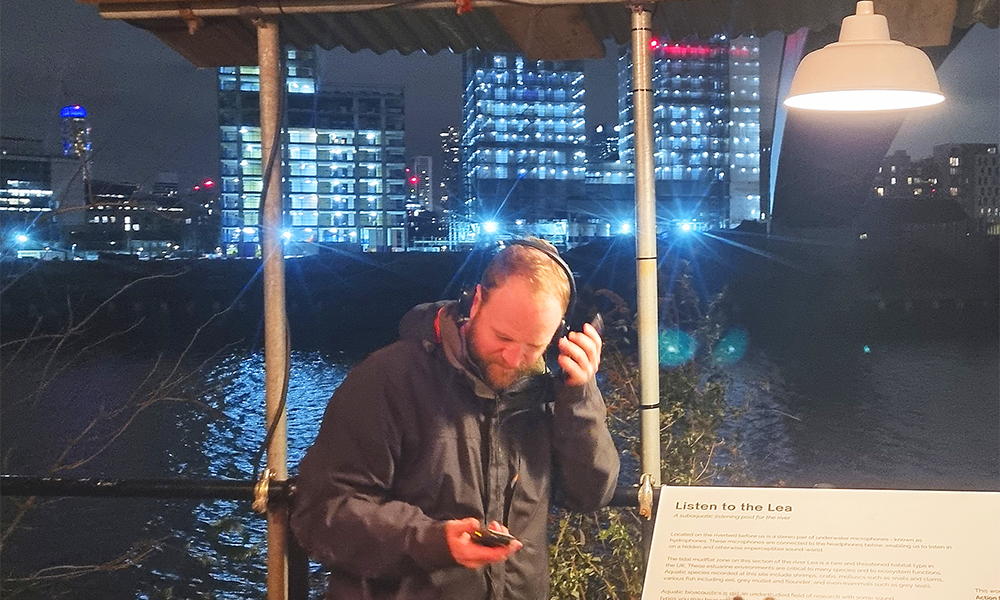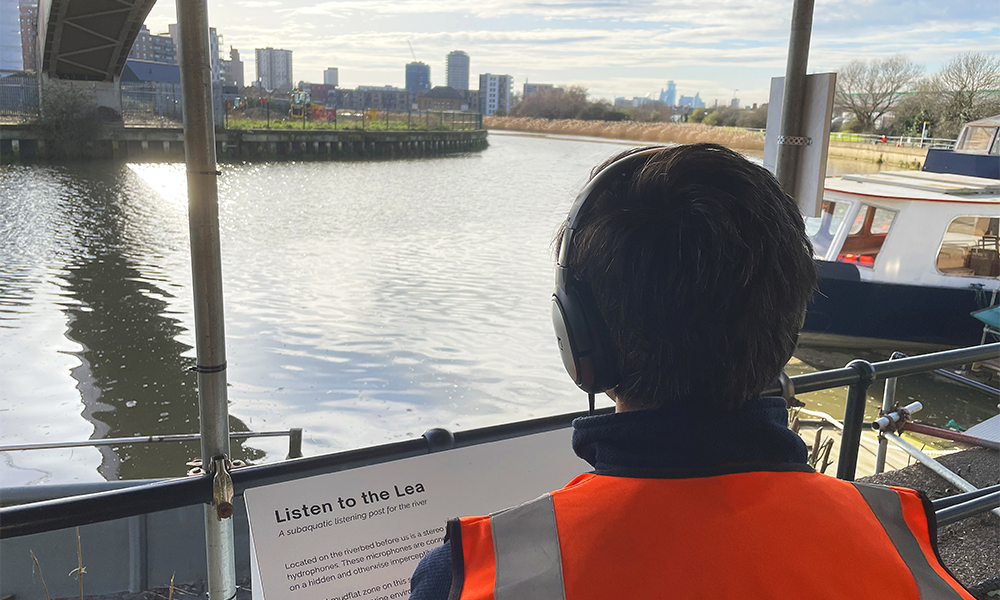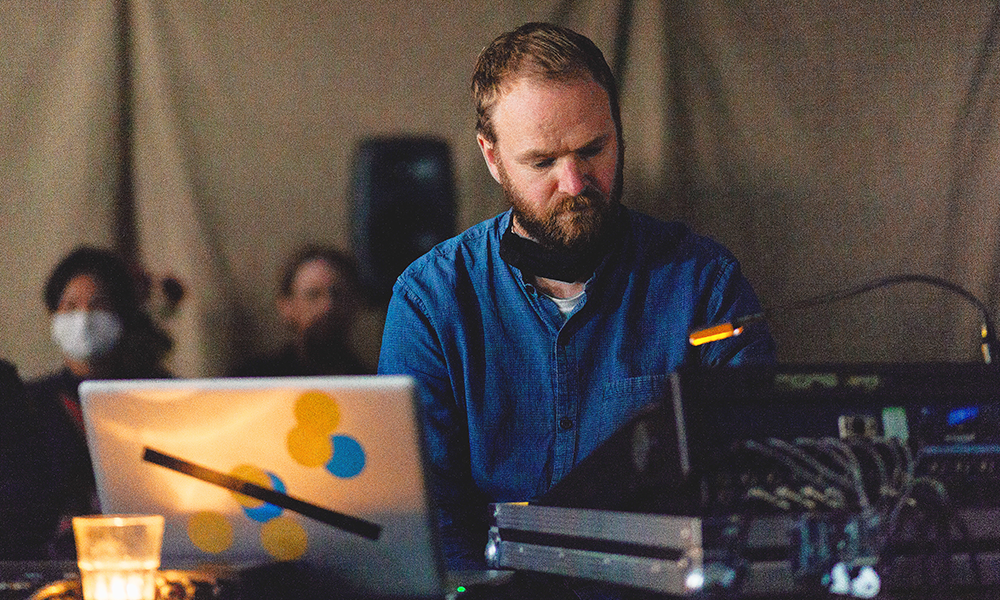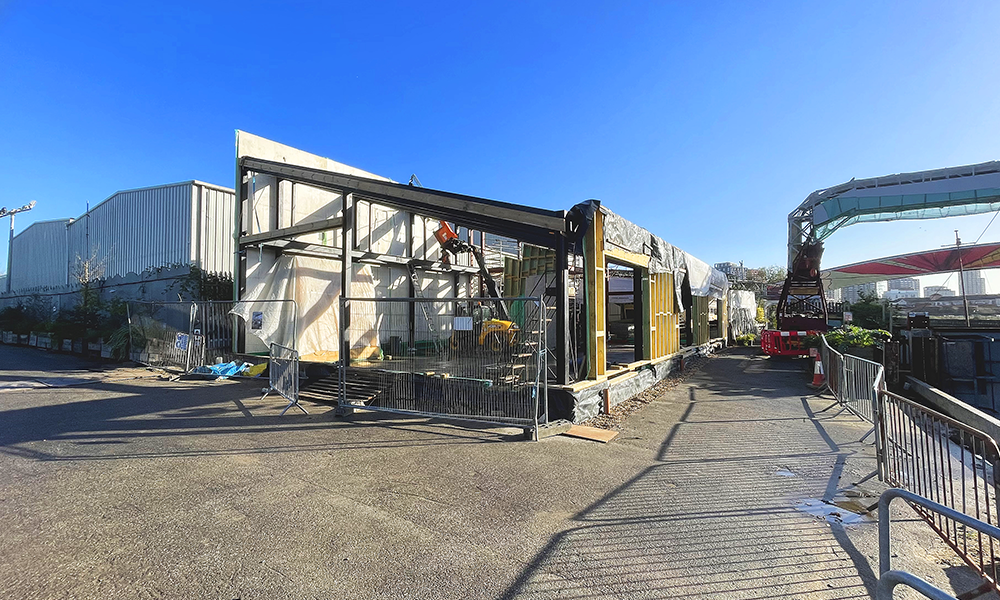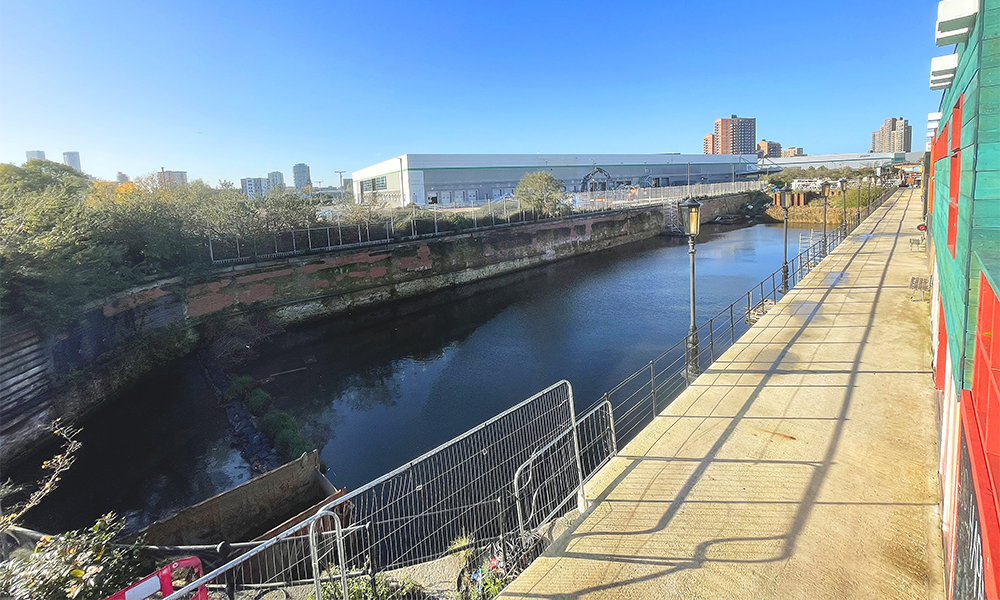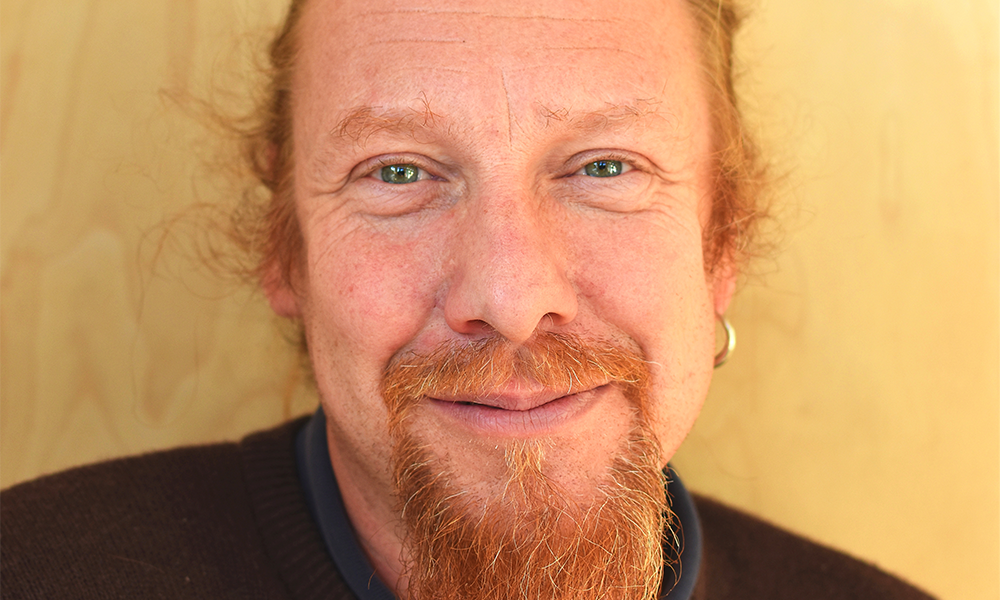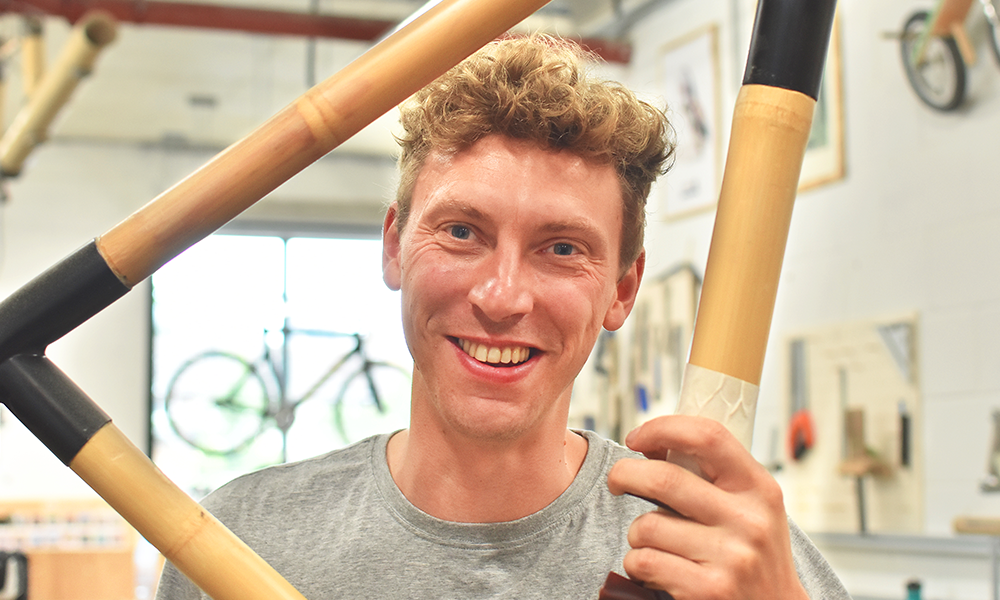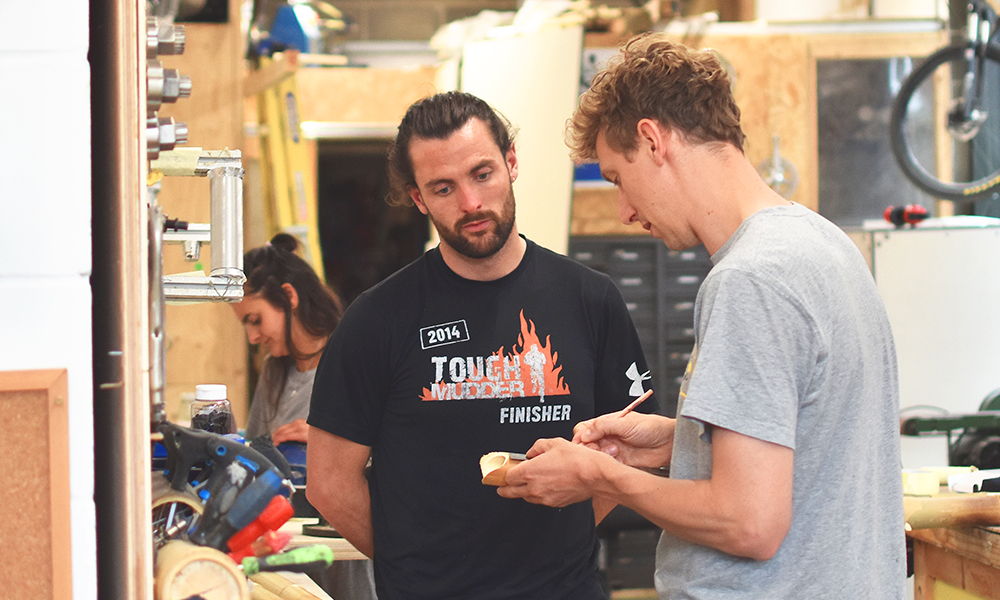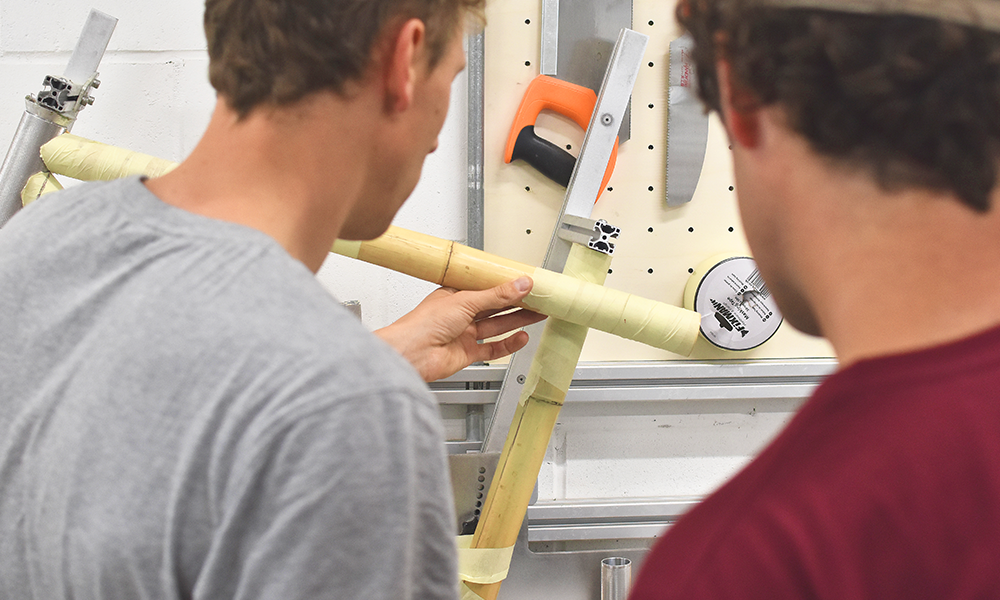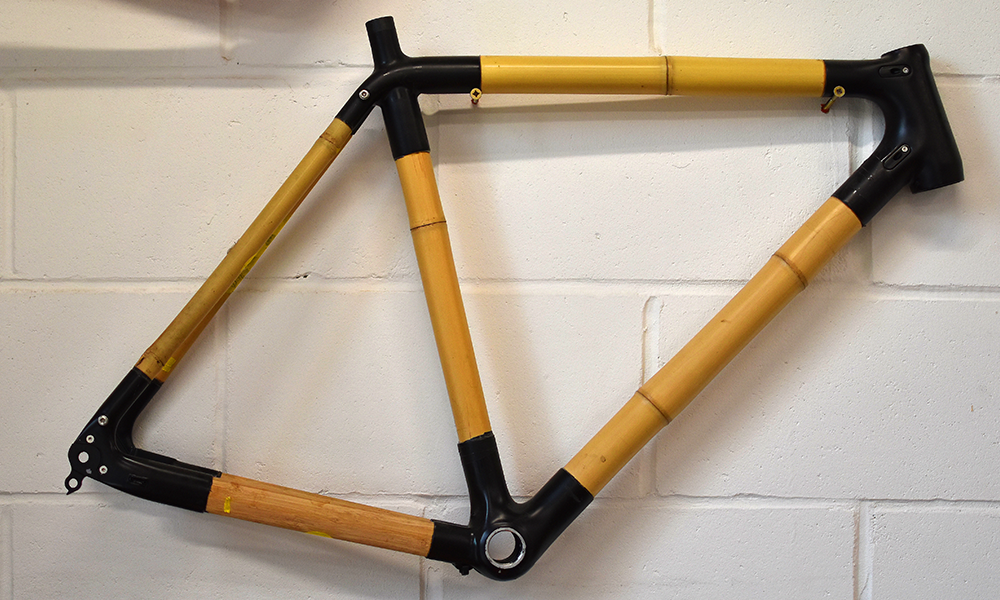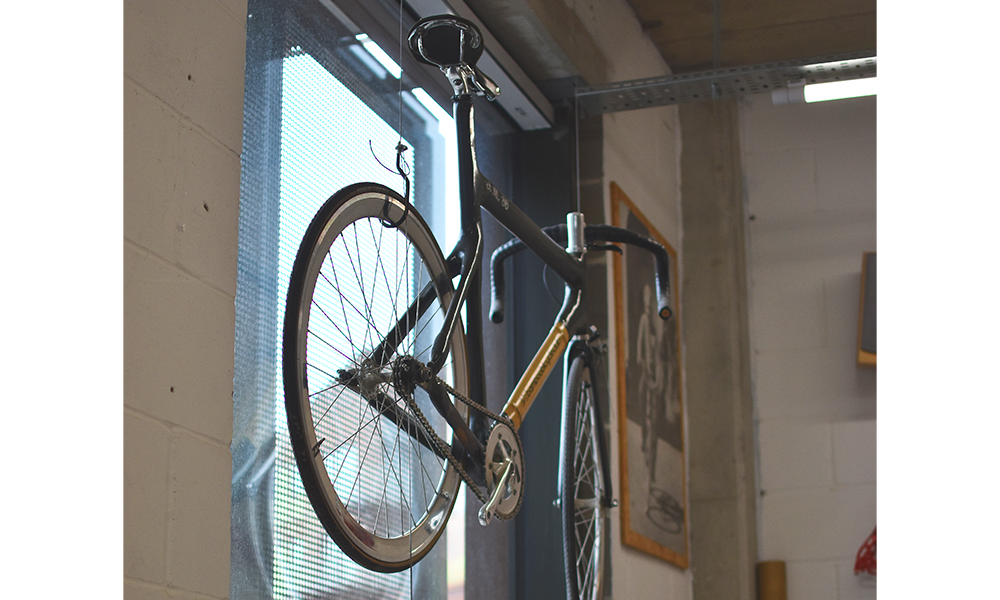Engagement initiative has spawned a performance group as scientific evidence builds for its multi-faceted benefits
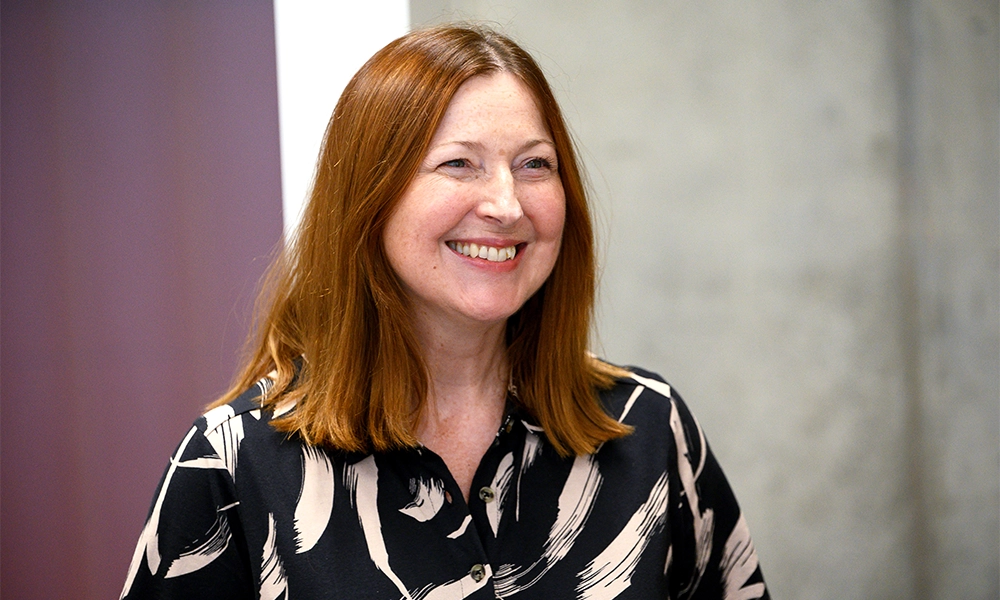
Subscribe to our free Wharf Whispers newsletter here
It was as a teenager that Fleur Derbyshire-Fox first experienced the power of a big organisation reaching out.
She attended a special day at English National Ballet (ENB) for those interested in pursuing a career in dance.
“I remember my knees knocking when I went into that class,” she said.
“Then someone asked me if I’d thought about going into full-time training, which is what I then did.”
It was an experience that left her with a life-long drive to ignite similar sparks in others and something that’s central to her role as director of engagement at ENB.
The company moved out east in 2019 and, while its base at the Mulryan Centre For Dance on London City Island isn’t primarily a venue for public performance, it is the epicentre of ENB’s efforts to connect with those outside its doors.
Locally it hosts dance classes for all, companies of younger and older dancers as well as a programme for those suffering from dementia and coordinating activities across the country.
“The move to east London has been exciting and has opened up new opportunities for us,” said Fleur.
“When I took up this post in 2007, which was then called director of learning, what really attracted me was that it was about change.
“It was ENB recognising that to be a reflective organisation it needed to build on its engagement programmes.
“How would people know if they were interested in dance if they didn’t get a chance to find out? That’s been the purpose of my role.”
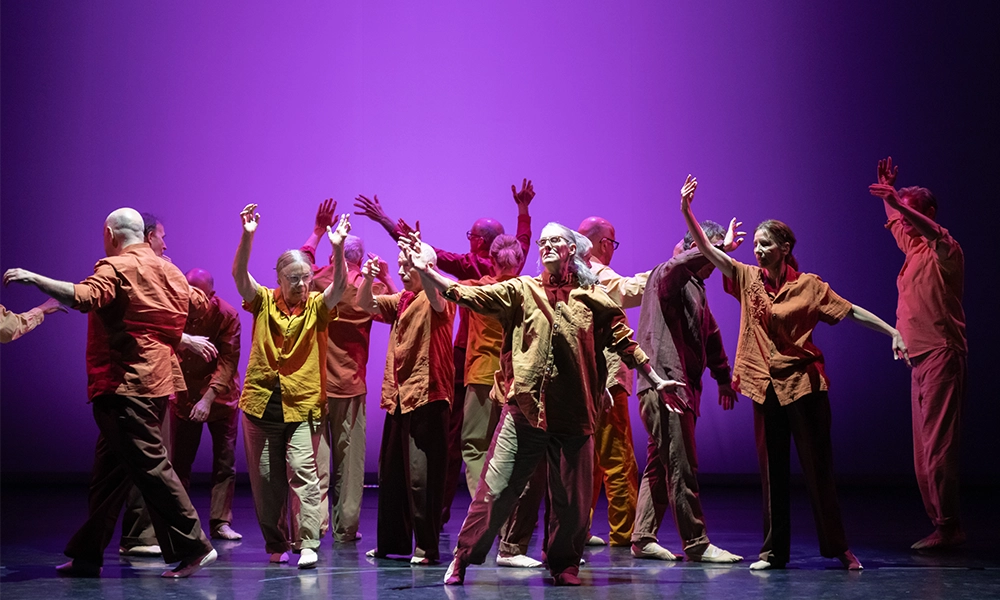
an initiative in focus
Rather than try to encompass the totality of ENB’s myriad collaborations, initiatives and partnerships, we’ve decided to focus on one.
“Dance For Parkinson’s was among the first programmes we brought over to our new home,” said Fleur.
“The more you enliven the building, the more you’re engaging people. You have to bring them in, to reach out and that’s an ongoing process.”
Dance For Parkinson’s has been running through ENB since 2010.
Those living with the neurodegenerative condition, which affects sufferers’ movement leading to symptoms such as tremors, stiffness and physical slowness, are invited to participate in regular classes inspired by the company’s classical and contemporary repertoire.
“It was originally inspired by work done in the US by the Mark Morris Dance Group and began as a 12-week pilot programme, working with Professor Sara Houston of Roehampton University,” said Fleur.
“Her findings were ground-breaking and started our evidence-based approach.
“That was very important if we were going to be perceived as not being woolly.”
From there, grant funding allowed the roll out of the programme across the country via partnerships with the Royal Albert Hall in London, DanceEast in Ipswich, Liverpool Hope University in Liverpool, Oxford City Council and MuMo Creative in Oxford and the National Dance Company Wales in Cardiff.
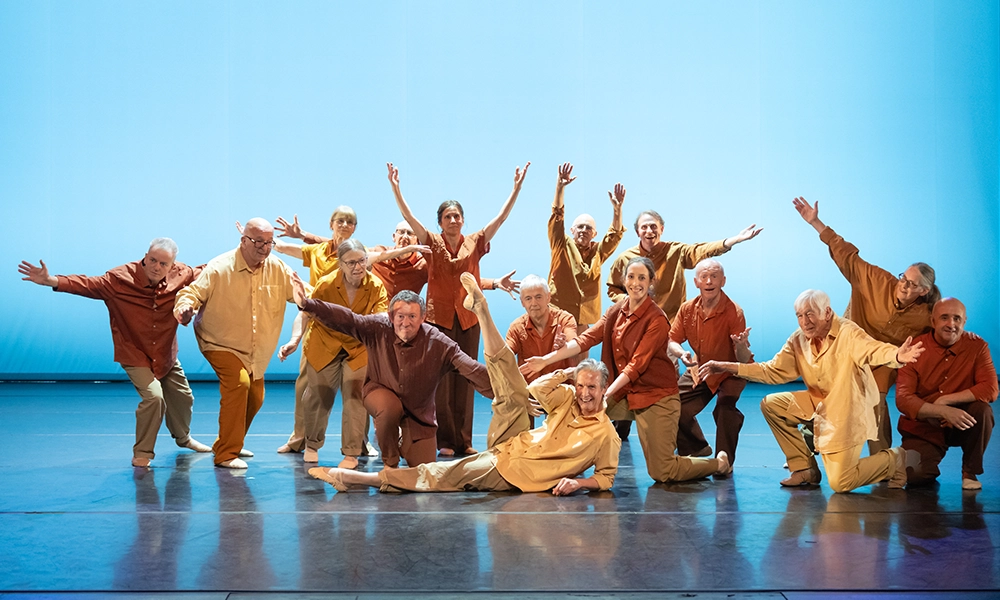
the benefits of Dancing For Parkinson’s
“The benefits for those with Parkinson’s are multi-faceted,” said Fleur.
“It helps with both the motor and non-motor symptoms of the disorder.
“Dance brings communities together, so it also helps with positivity and wellbeing.
“Because the classes are structured as ballet classes, all the exercises we do at the barre help with the posture, flexibility and fluidity of gait as well as giving people the tools for when their symptoms freeze movement.
“The classes have live music, which is fundamental because the musicians can respond to the participants and the exercises tap into that internal rhythm.
“The message is that you may be living with Parkinson’s, but this is a dance class where you are expressive – you’re a dancer in your own right – and you’re dancing with others, improvising as well as learning repertoire.
“All of these elements, plus the social element – the chat, the tea and, of course, the biscuits afterwards – make for a very strong community and that has given confidence to individual dancers to go on and join other groups.
“Parkinson’s is very individual in its symptoms, so it may take people quite a while to come to terms with it.
“We have chats when people are diagnosed about what happens next, what they can do, where they can go for help.
“Above all, we provide a joyous experience.
“Those coming along can expect a lot of smiling people.
“We start with a warm-up, seated, and we have our dance artists and musicians in the space.
“The movements we do are linked to the dance phrases we look at later.
“There will be lots of different rhythms, lots of different music threaded through the session.
“There’ll be a voice warm-up as well, so that the muscles in the face can be loosened up.
“It’s designed to free inhibitions.
“The artists might notice that some slower movements will be needed, and then we’ll do some different rhythm movements as well.
“Then we come to standing, and for those who need more support, there will be diversification within the class, so the movements can also be performed seated.
“We’ll do some partner work and improvisation and then we’ll start learning some material, so there’ll be a sense of achievement.
“At the end of the session there’ll be a cool-down and we’ll have a linking of hands to congratulate ourselves for the class and our artistic endeavours.
“We have such wonderful people taking part, it’s really great to bring everyone together. In some ways it’s a passion project.
“I’ve poured my heart into this, as has my team at ENB.”
Dance For Parkinson’s: a catalyst for research
However, Dance For Parkinson’s has continued to be more than a therapeutic endeavour.
ENB has been working with Professor K Ray Chaudhuri of King’s College London, a specialist in Parkinson’s Disease to better understand the effect of the classes.
“We conducted a randomised trial over three years,” said Fleur.
“We’ve had interim findings and the research is currently being peer reviewed before final publication later this year.
“But certainly the indications are that dancing in this way has benefits for all stages of Parkinson’s.
“The advice if you have the disease is to do as much exercise as you can.
“Over the years we’ve had physiotherapists come in and I’ve watched what they do.
“With that approach, someone might be given a series of exercises, but we’re replicating those movements in a joyous, artistic way.
“What we’d like to do is embed what comes out of the study into the various care pathways, so we can raise awareness with clinicians.
“Wouldn’t it be great if you could say to everybody with Parkinson’s that there’s a pathway using dance they can try for 12 weeks to see how they benefit?”
The collaboration with King’s, which culminated in a performance for friends and family, has also taken the programme in a fresh direction.
“We had people saying they wanted to do a bit more of this, so now we have a much faster-paced class,” said Fleur.
“It’s performance focused and we held our first show last year, with two more since.
“The production values are very high – they have to be at ENB. We believe that whatever we do, it needs to be on a par with what we put on the main stage.
“So we now have this other vehicle, and what’s so good about this company is they’re all advocates – they want to be seen and heard.
“I was speaking to one of our dancers recently, who said they would never have come to a dance class, let alone thought they would perform in front of 200 people, but they love it and want to continue doing more of it.
“That’s really wonderful to hear.”
key details: Dance For Parkinson’s
The next Dance For Parkinson’s sessions are set to run at English National Ballet’s Mulryan Centre For Dance on London City Island from April 23 until July 2, 2025.
Classes are on Wednesdays (excluding May 28) from 11am-1pm and cost £60 for the 10-week term.
Dance For Parkinson’s Performance Company’s summer term runs from April 26 to July 5, 2025, on Saturdays (excluding May 31) with sessions from 11am-1pm and costs £85 for 10 weeks.
Find out more about the initiative at ENB here
Read more: How Orbit Clipper is set to become the first all-electric ferry on the Thames




